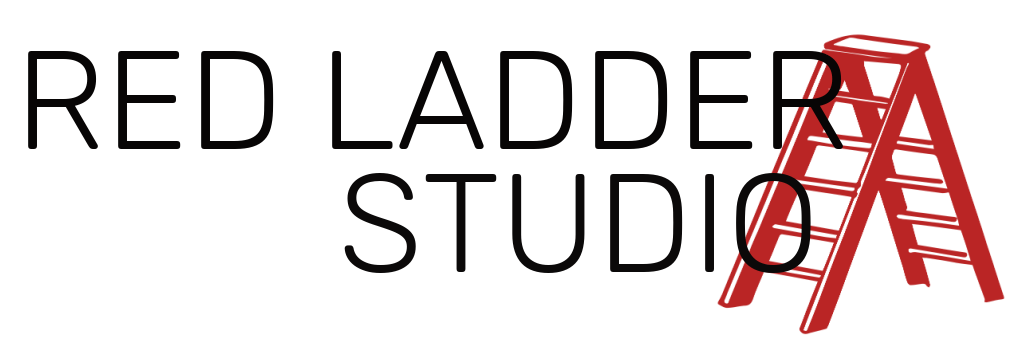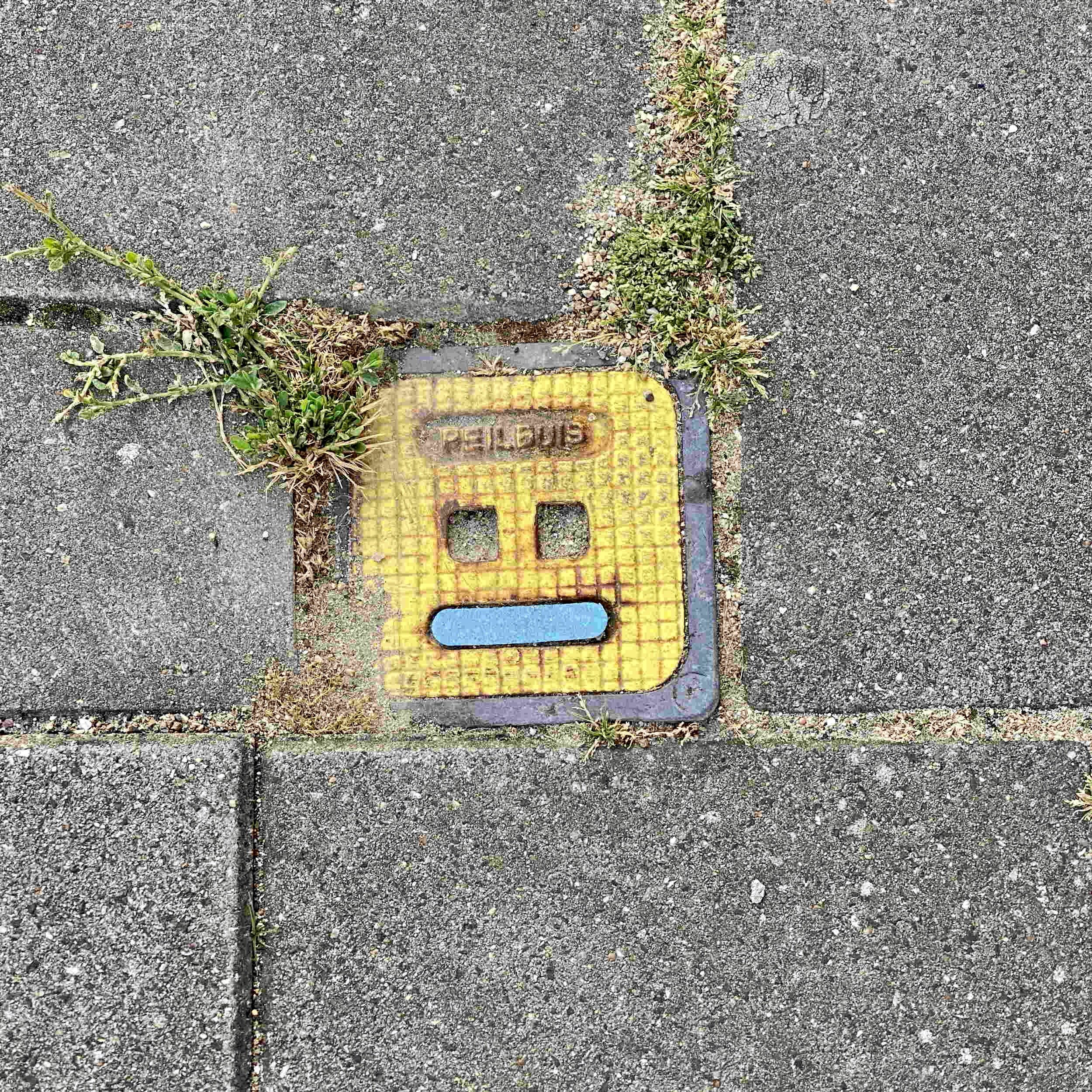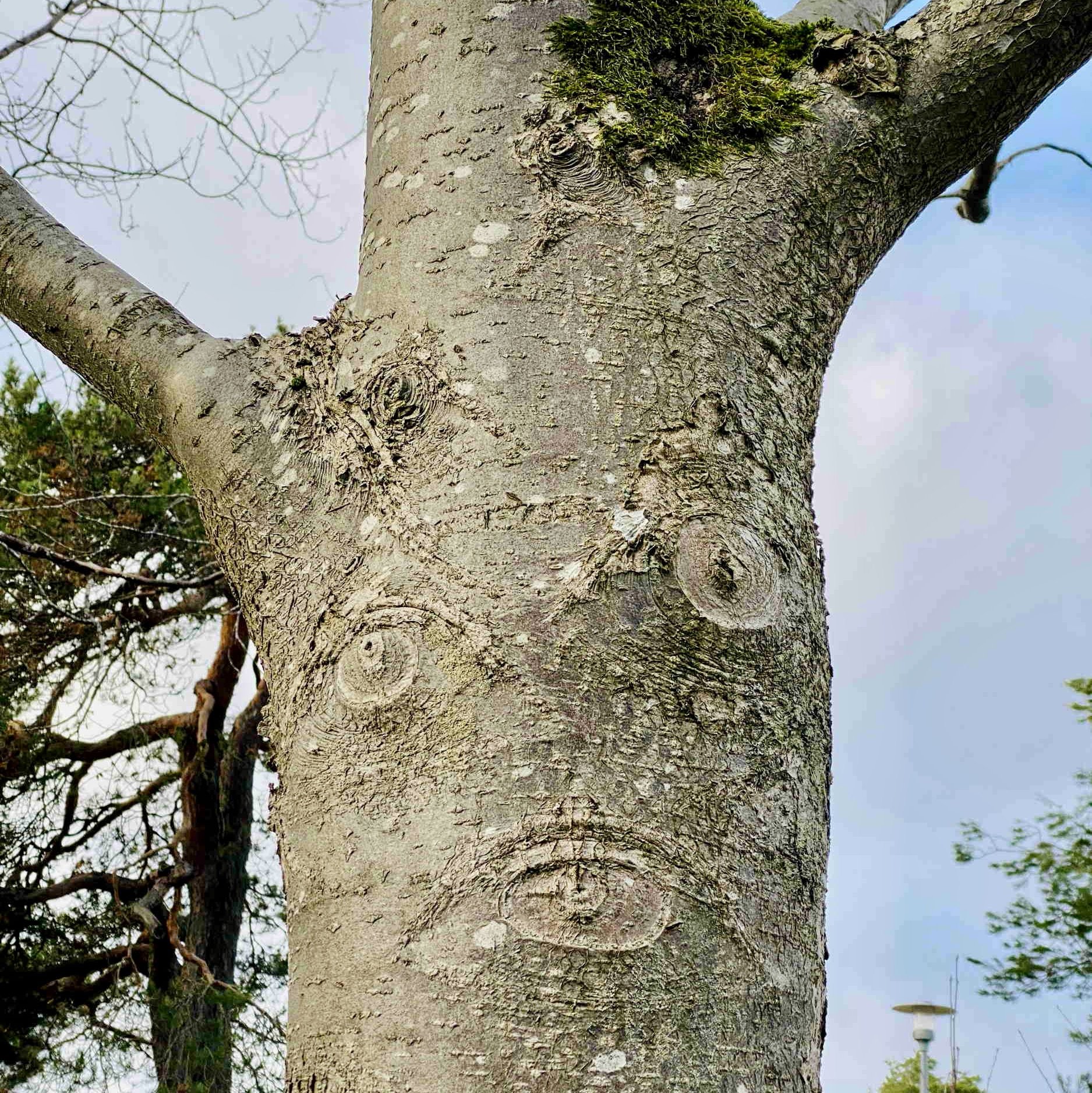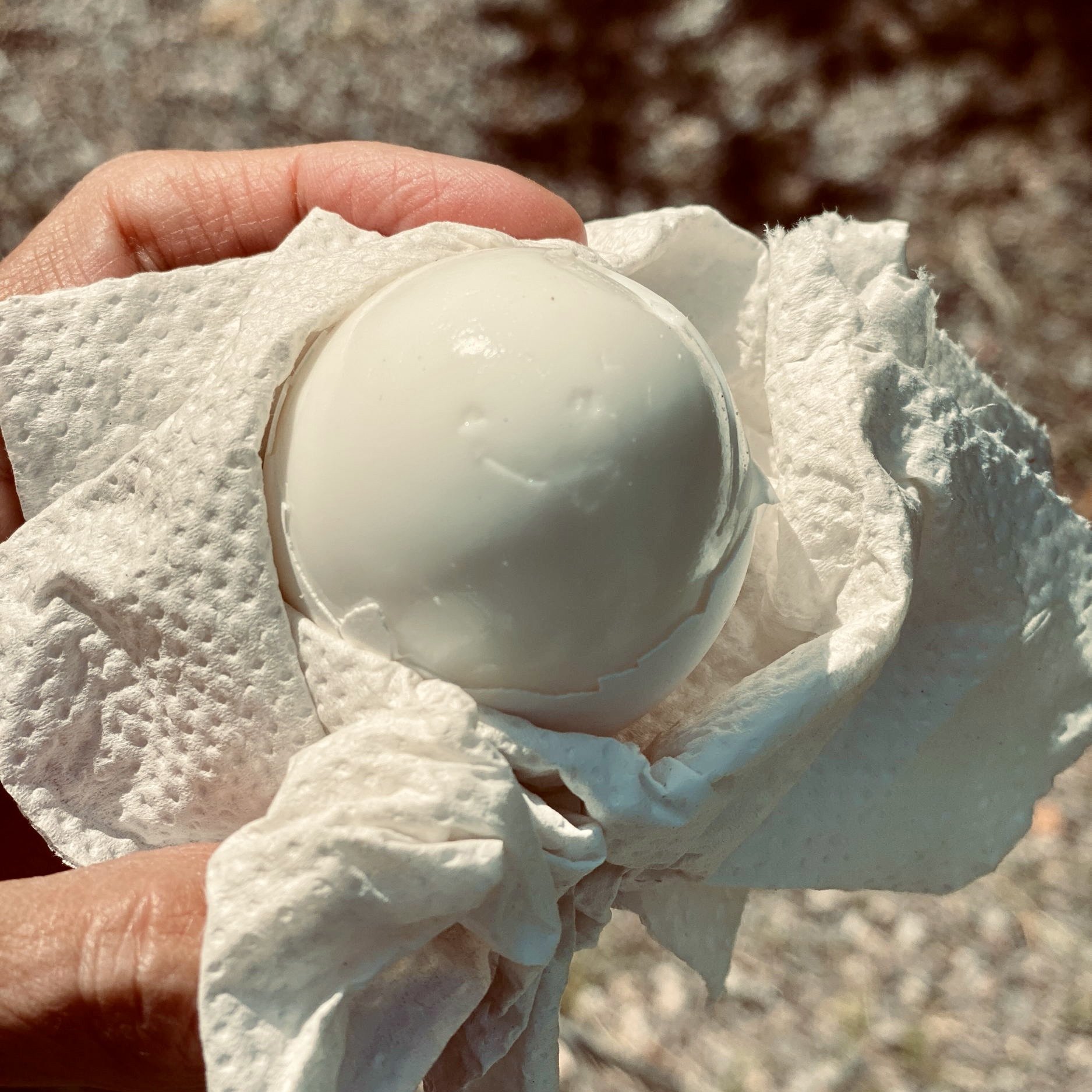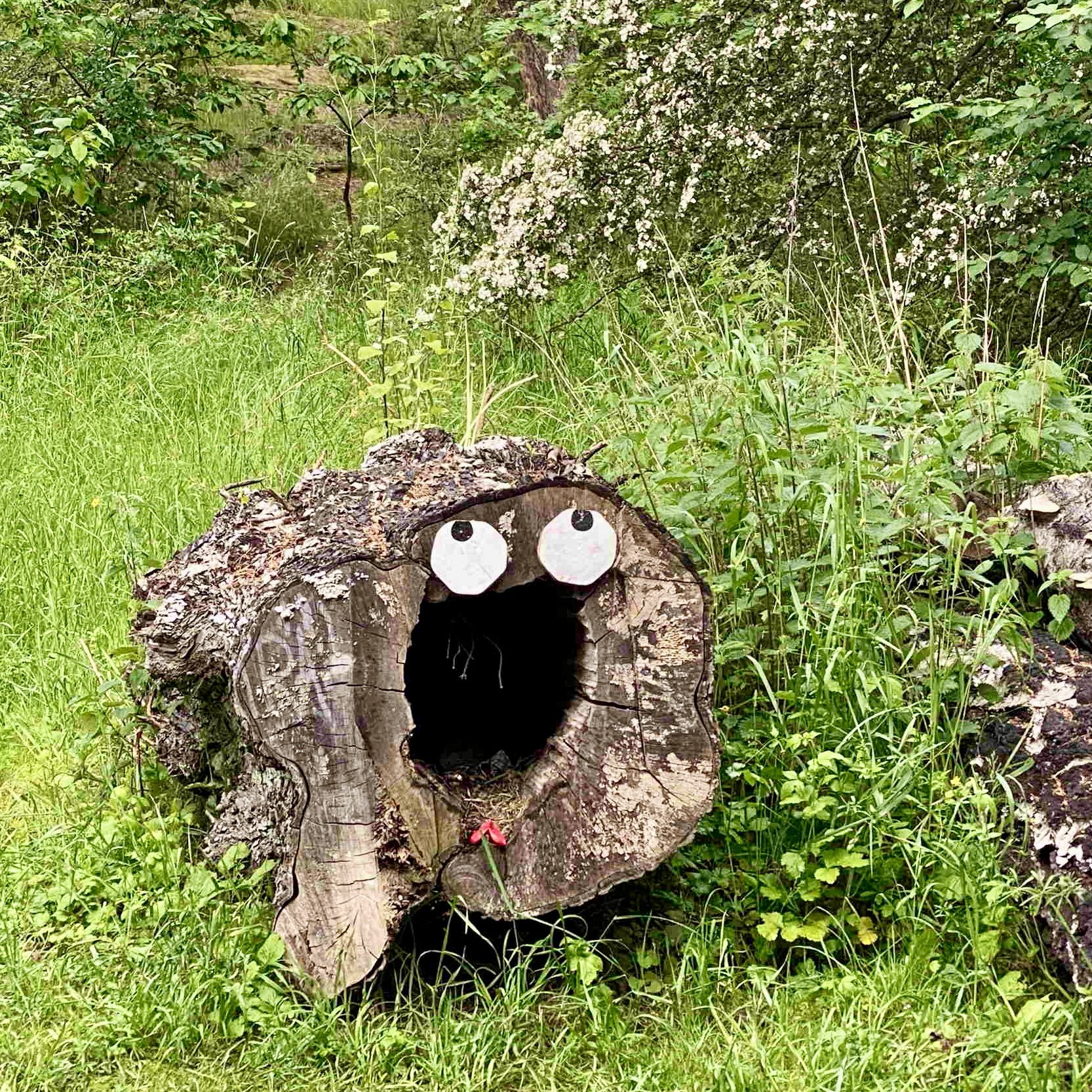Urban Animism
Animism is trending right now. People are getting out into nature looking for a two-way relationship with the things they find there.
But what about Urban Animism?
Can we invite the objects that surround us in everyday life into a relationship? Or is that just bonkers? Last year I ran some Animisim in the City weekends as well as retreats with the theme, ‘The Life of Objects’.
Maybe I have what they call pareidolia. Maybe you do too?
Pareidolia is the tendency for perception to impose a meaningful interpretation on a nebulous stimulus, usually visual, so that one sees an object, pattern, or meaning where there is none. - Wikipedia
We never actually see our own faces directly (see this week’s Facing ourselves). Yet we’re good at recognising faces. So good that we sometimes see them in inanimate objects! Here are a few I found recently.
I’m guessing the tree is pretty obvious. Then the tiny smiley on my boiled egg, almost too cute to eat. Finally, and most subtly, this shy bin peered out from beneath the top bar of the gate.
Apparently, our alertness to faces is a survival strategy. Things with faces might want to eat us, as this video playfully points out.
But the survival strategy doesn’t explain the delight we feel when finding a face, even one that someone’s kindly left for us.
Why does it make me so happy?
On my early morning walks, I’d always say hello to the smiling wall by the sea. I noticed as his chalky smile faded in the rain, it would mysteriously be renewed.
The morning I found two giant googly eyes on the felled tree outside our apartment, I felt such gratitude. That someone would do such a thing, simply to make a stranger smile!
And the little fella at the train station, he’s always there to wave me off or welcome me back.
